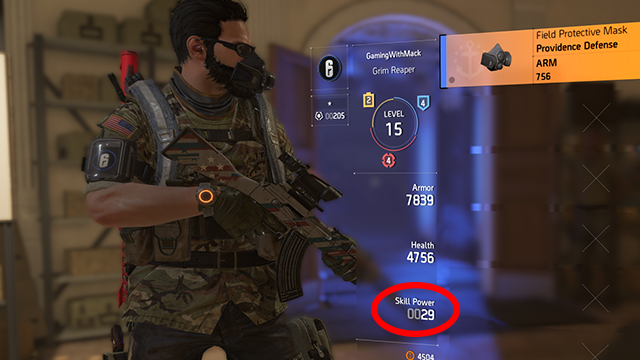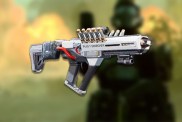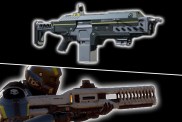2Upon hitting around level 12, you’ll start to become very interested in The Division 2 Skill Power level, as it’s the one stat that never seems to increase fast enough. You will find yourself discovering Skill Mods that require a higher “Skill Power Requirement,” stopping you from taking advantage of some potentially awesome effects. How to get Skill Power level higher in The Division 2 is actually pretty simple, though the stat is a little buried amidst the other numbers constantly being vomited onscreen. Here’s what you need to know about raising The Division 2 Skill Power.
How to increase The Division 2 Skill Power
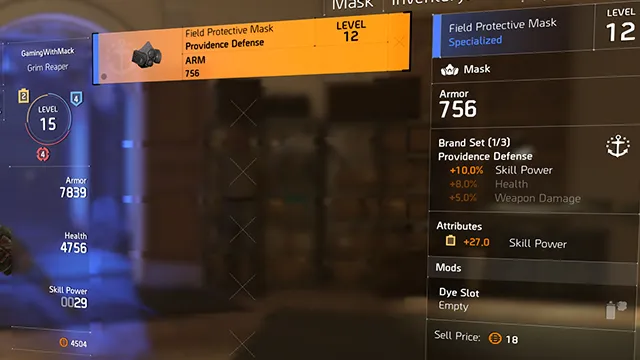
The Division 2 Skill Power level increases as you equip gear with Attributes that contribute to Skill Power. In the image above, you can see that the Field Protective Mask is granting +27.0 Skill Power. As you get more and more gear with Skill Power-boosting Attributes, you’ll see your Skill Power level increase further and further.
If you’re feeling impatient, and don’t want to spend time finding loot with Attributes towards Skill Power in the wild, then you can try Vendors. Just be sure that the gear is worth the price, especially if you are close to leveling up!
How to see my Skill Power in The Division 2?
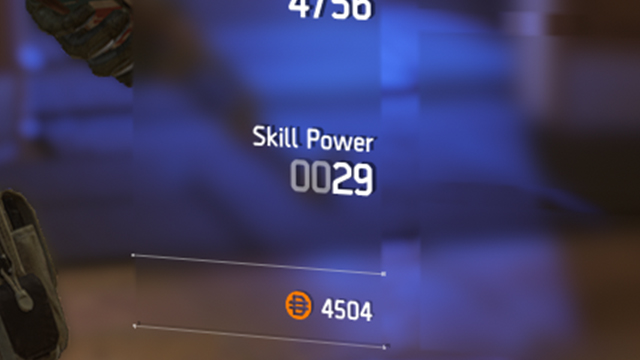
Yes, I also had a tough time locating the Skill Power stat when I first started to unlock Skill Mods. Happily, it’s available to view at the Character screen, just below Armor and Health, and above your total E-Credits amount.
As you can tell by the space for four digits, your Skill Power level can be increased to a huge amount. That lowly “29” in the screenshot above will no doubt look tiny after a week or so of grinding. Focus on combining gear with a positive effect on Skill Power to see this begin to increase more quickly. Then, you’ll be able to take advantage of a greater selection of Skill Mods.
Tom Clancy Franchise Tour
-
The Division 2 and the best and worst Tom Clancy franchises

Due to a set of circumstances only possible in our industry, the Tom Clancy name has been all over gaming. It's the first name in tactical shooters and one of Ubisoft's most valuable franchises. However, it's not all sunshine and roses. Here is the history of The Clance in video game form. -
The Hunt for Red October
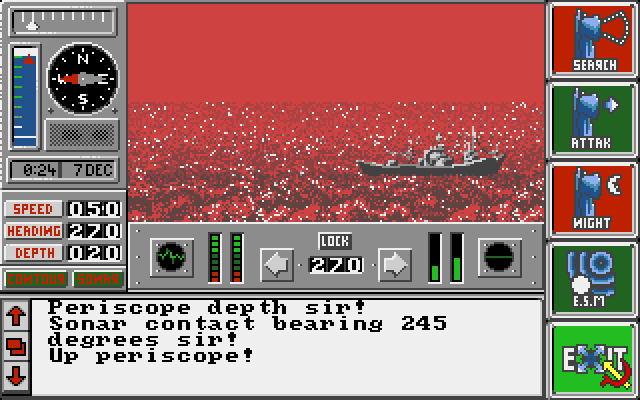
In the late '80s, one of the prominent genres on home PCs were tense strategy games. Since graphics hadn't evolved as of yet, games, where you played in the theater of the mind, dominated the landscape. What better subject than the tense thrillers of Tom Clancy for these types of experiences? -
The Sum of All Fears
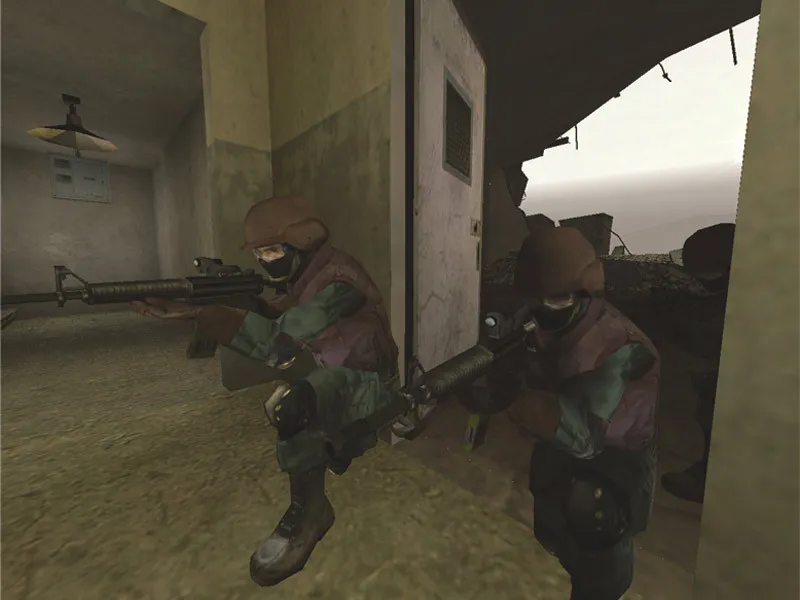
In 1996, Tom Clancy co-founded Red Storm Entertainment after seeing these early successes. Ubisoft subsequently purchased the studio in 2000 after establishing a working relationship with them. Ubisoft then purchased the Tom Clancy name outright for use in video games in 2006. By then, games tying into Clancy's movie successes just weren't enough. -
Rainbow Six
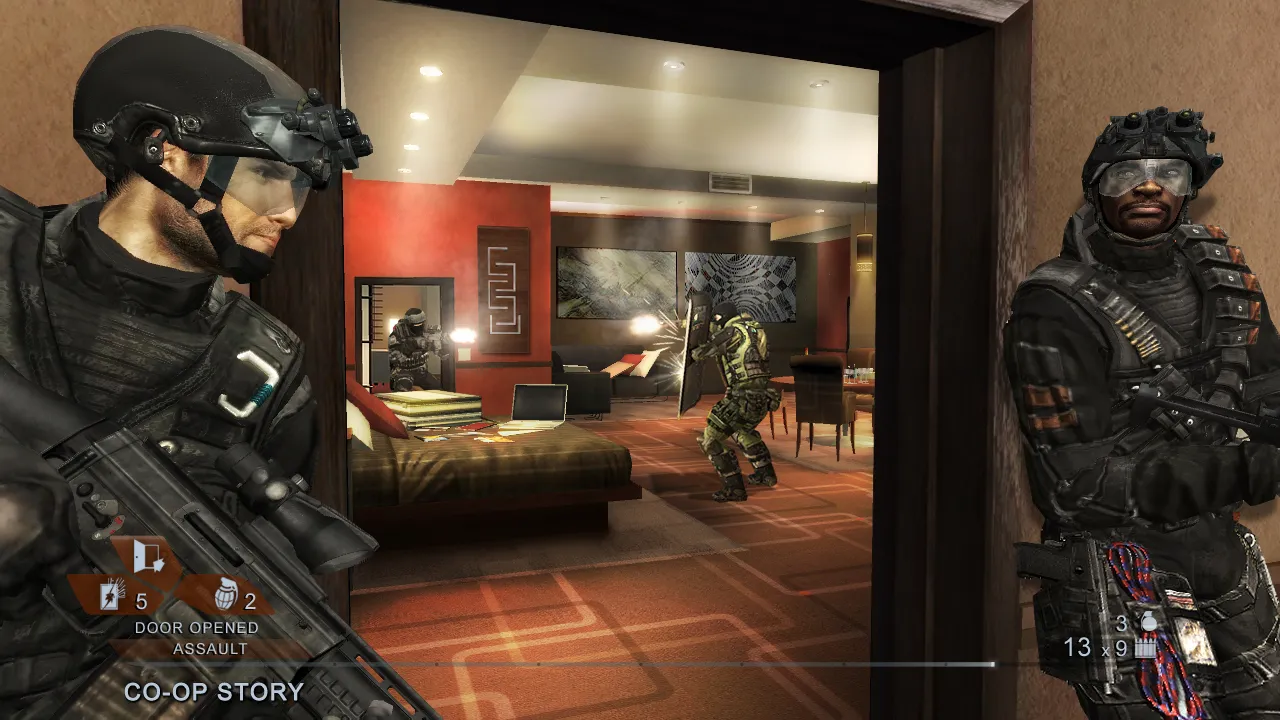
Originally based on one of Clancy's novels, the Rainbow Six series encompasses 17 distinct releases across multiple platforms. Each game features tactical first-person shooting and aspires to be a military simulation. This style peaked with a pair of Vegas titles released on Xbox 360. -
Rainbow Six Siege
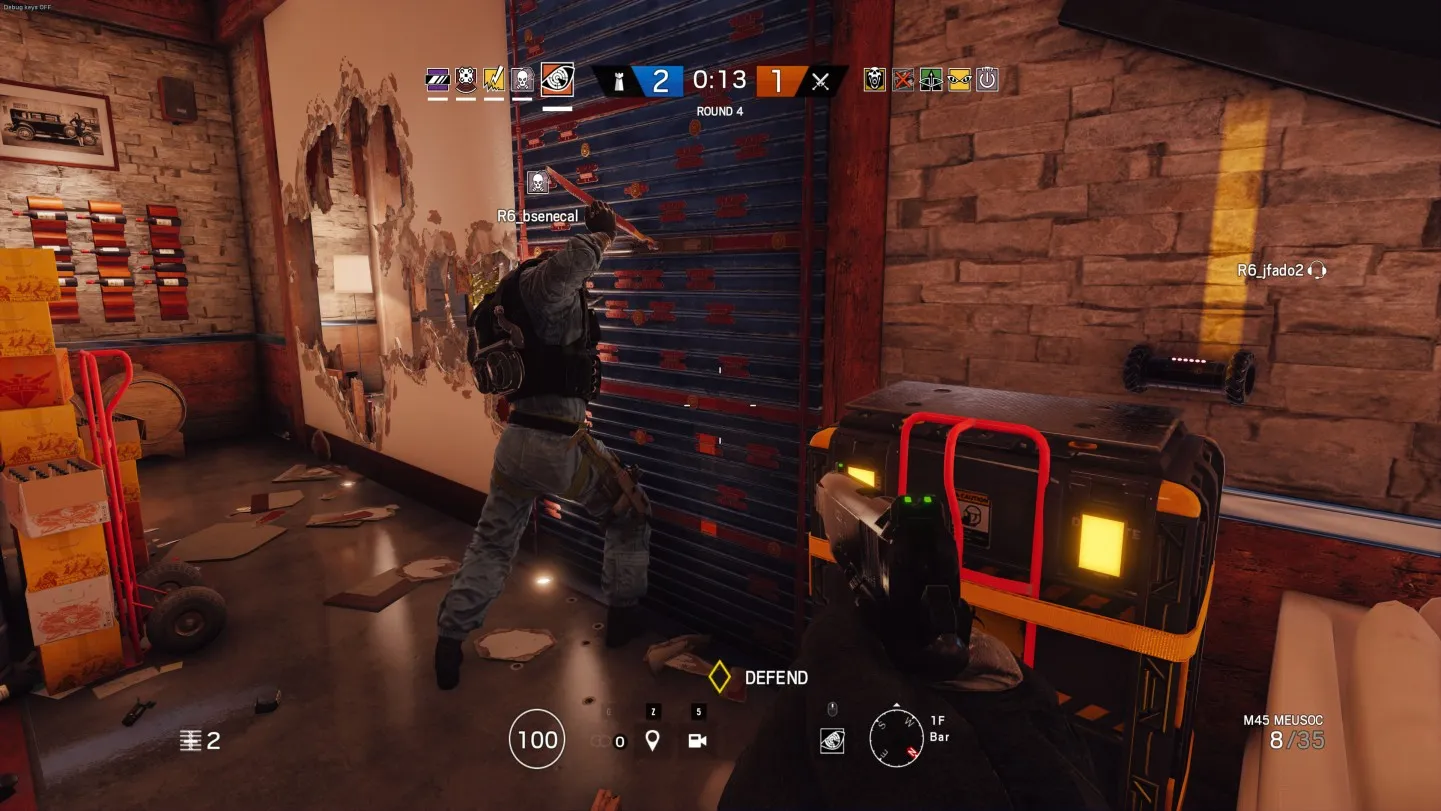
After spending several years developing a follow-up to Vegas entittled Patriots, Ubisoft went a different way. Rainbow Six Siege is a multiplayer-focused endeavor with Overwatch-style heroes as its operatives. Although it started off on the wrong foot, constant improvements have made it one of the most popular shooters going. -
Ghost Recon
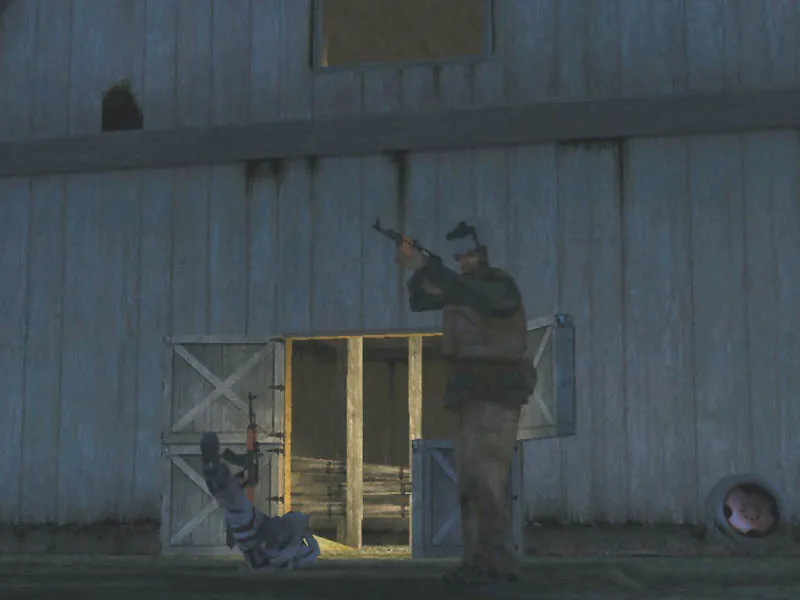
The second set of Clancy tactical shooters, Ghost Recon differentiates itself with its third-person gameplay and its large outdoor environments. There have been fourteen Ghost Recon releases, ranging from the modern day to the near future. Most recently, Ghost Recon took a turn into the open world with Wildlands. -
Ghost Recon Advanced Warfighter
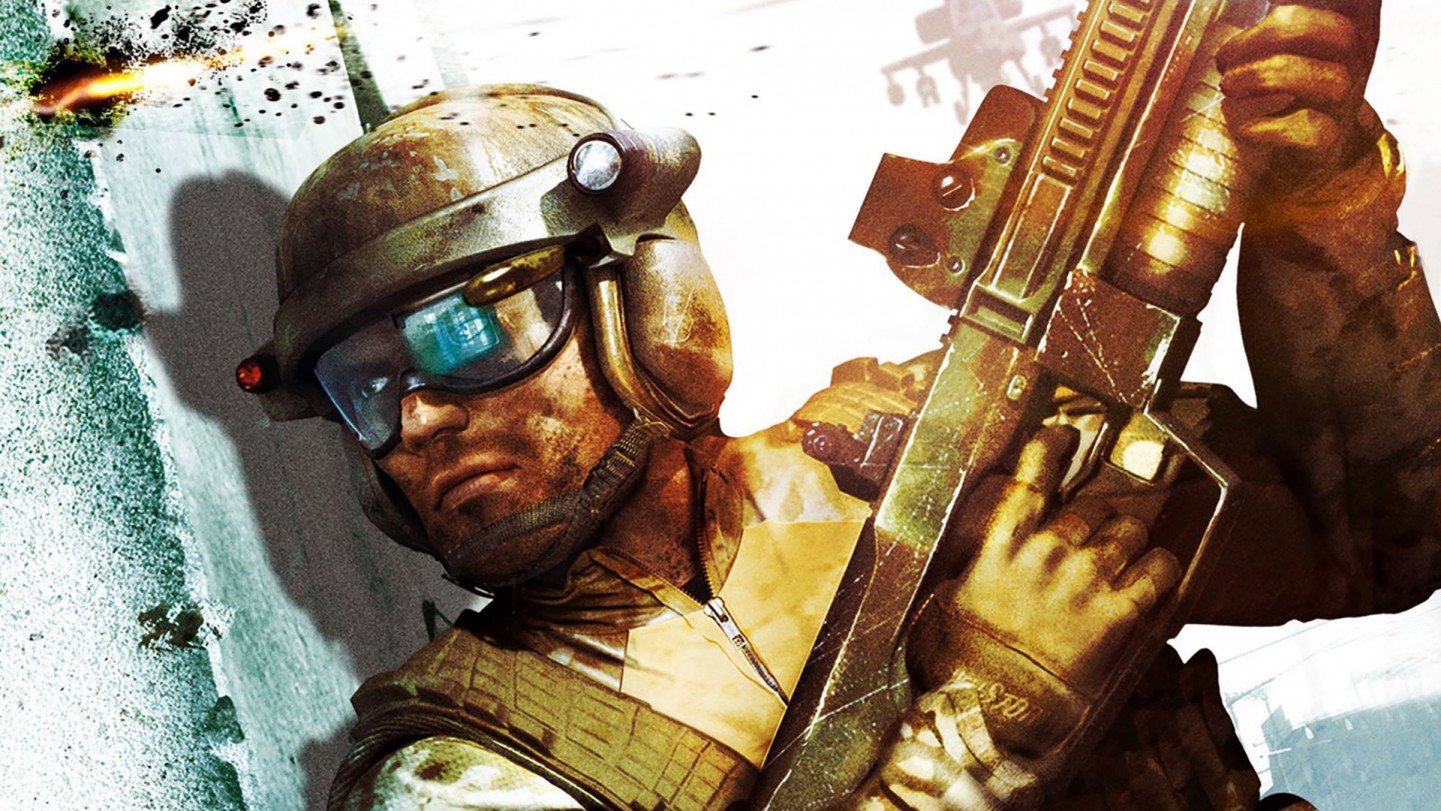
A subsection of Ghost Recon, "GRAW" was one of the standout games around the Xbox 360 launch. Combining the tactics the series is known for with then-futuristic technology made for a great combination. Ubisoft would revisit the idea with a direct sequel and Future Soldier in 2012. -
Splinter Cell
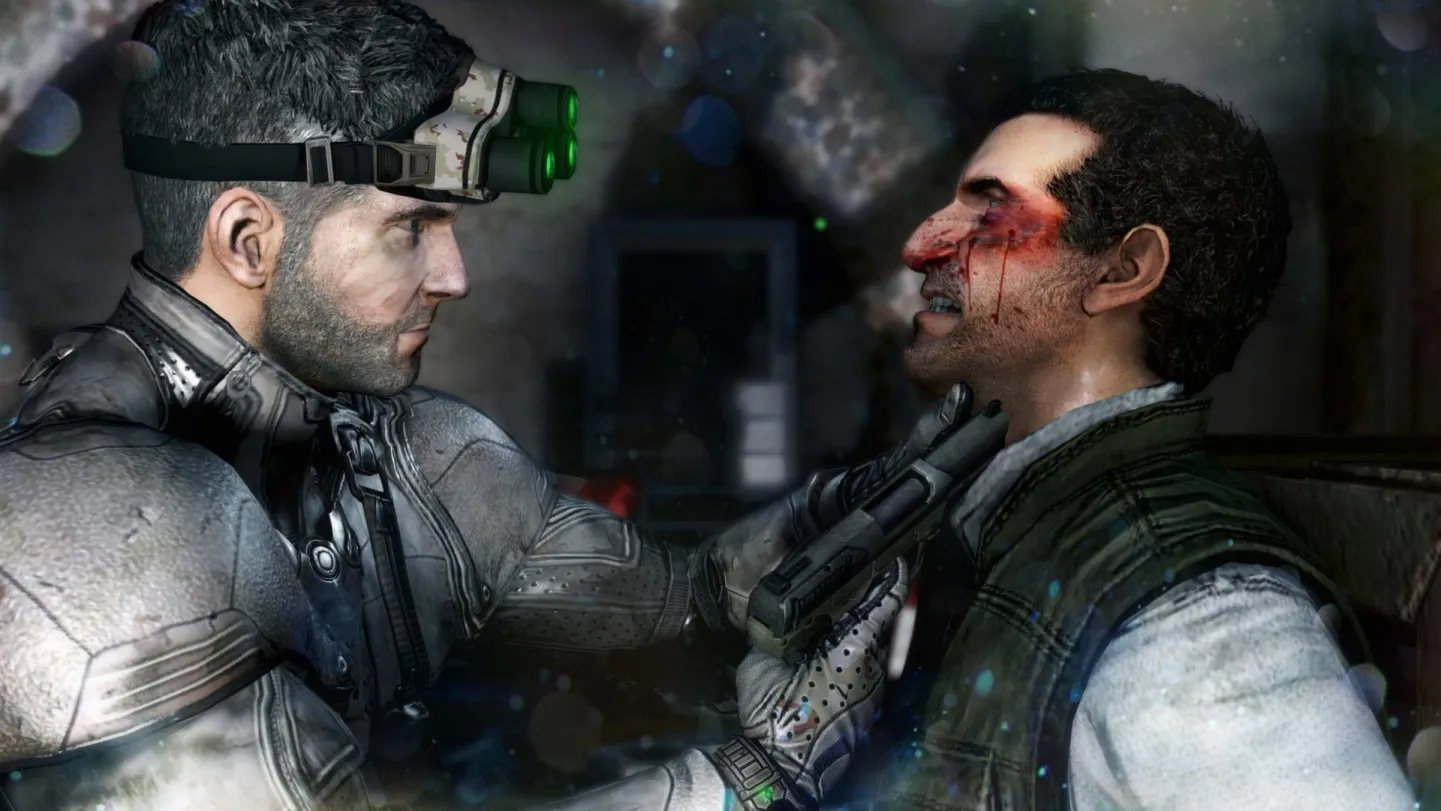
Splinter Cell's Sam Fisher might have been in the running as an Xbox mascot back in the good old days. A stealth action series to rival Metal Gear, Sam's adventures are classics, particularly the original trilogy. The latest in the series was Blacklist in 2013, although there have been hints that Sam might drop in again any day now. -
EndWar
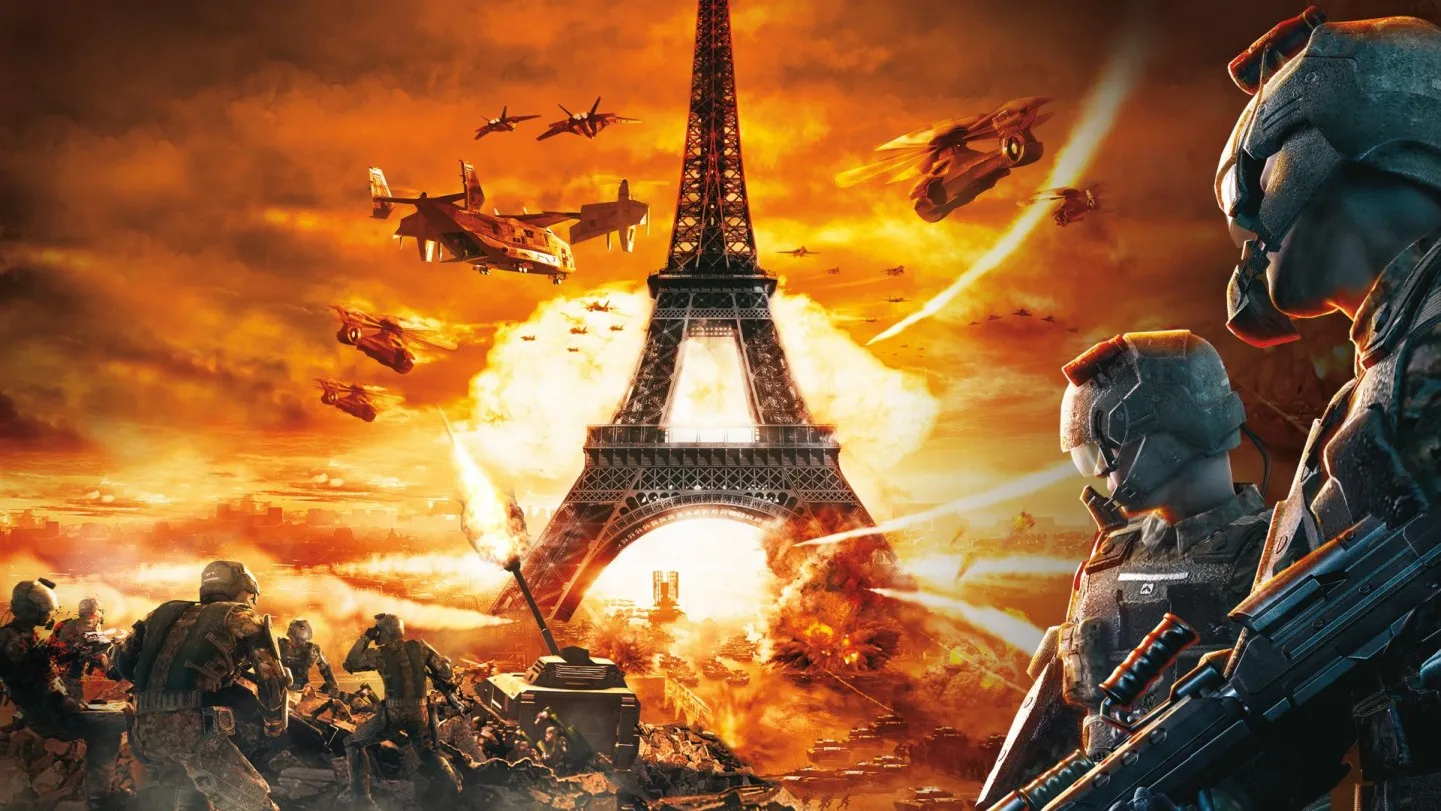
Taking Tom Clancy back to full on tactics, 2008's EndWar promoted itself on its voice-operated commands. You could control the entire game with a headset, although some reviewers found that to be difficult to achieve. A sequel started development but never saw the light of day. There was a free-to-play follow-up planned but it was canceled. -
H.A.W.X.
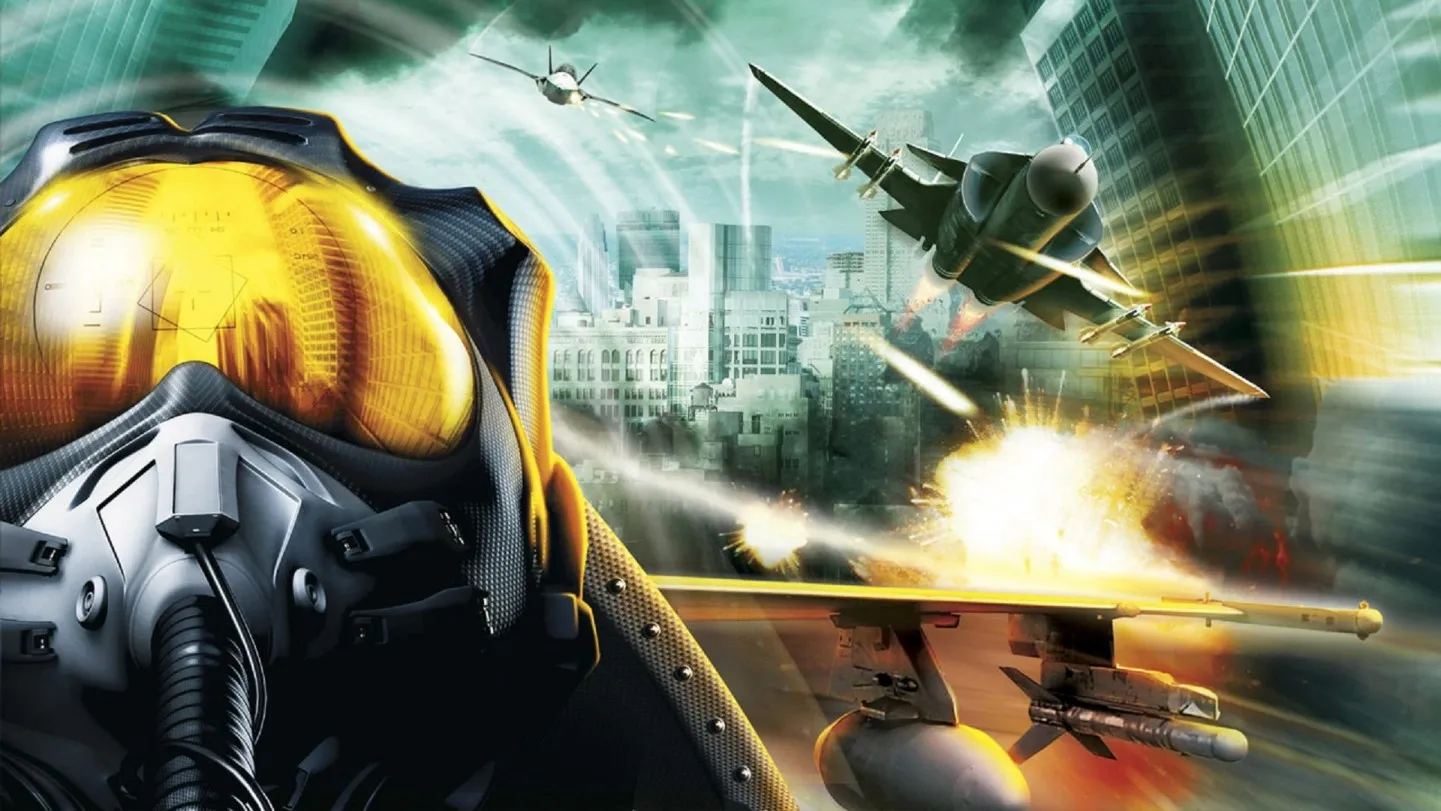
An arcade flying game taking place in the timeline of Advanced Warfighter, H.A.W.X. is a weird fit in the Tom Clancy timeline. Two games were released in 2009 and 2010, both receiving mixed to positive reviews. A seeming stopgap in the industry while Ace Combat slumbered, this is one name we probably won't be seeing again. -
The Division
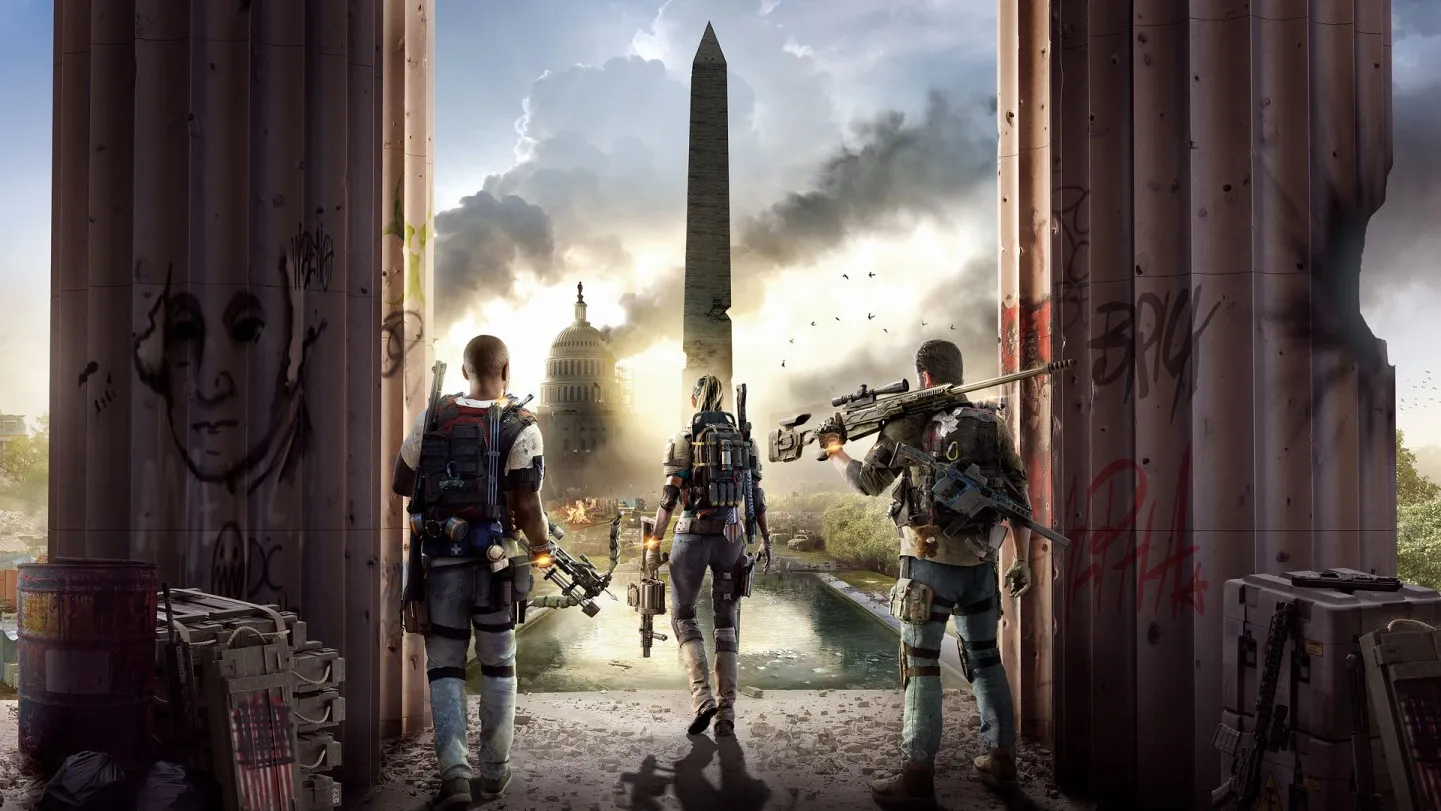
The latest Tom Clancy joint, The Division takes the gameplay structure of Destiny and brings it down to Earth. Literally. This loot shooter doesn't quite have the tactical gameplay of past titles bearing Mr. Clancy's name, but it does have the squad controls and the storyline that attempts to match his most engaging works of fiction. Well, it doesn't have great storytelling techniques but at least it has the look and feel of a Clancy game.
